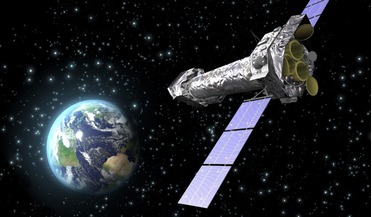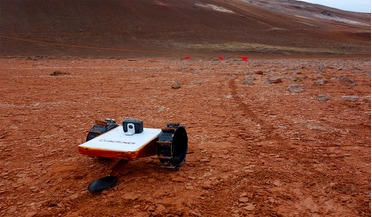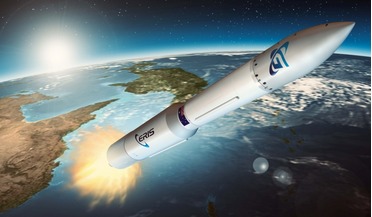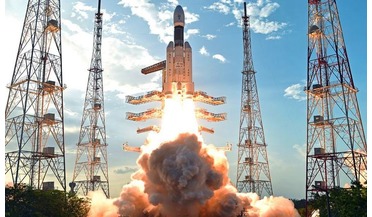 28 November 2016
UK capital investment company initiates pioneering space technologies fund
28 November 2016
UK capital investment company initiates pioneering space technologies fund
... from leading space companies and supported by the UK Space Agency and the European Space Agency. The Seraphim Space Fund which will...help fill the funding gap that often exists when a space company or start-up first enters the market. ESA’s Senior...
 28 September 2018
CubeRover to develop low-cost, revolutionary rover in Luxembourg
28 September 2018
CubeRover to develop low-cost, revolutionary rover in Luxembourg
...fund, according to a government statement, will “provide equity funding for new space companies with ground-breaking ideas and technology.” Adding to the list of companies that have already set up operations in Luxembourg will be CubeRover. CubeRover...
 09 February 2022
Gilmour looks to Europe for mission critical launcher system
09 February 2022
Gilmour looks to Europe for mission critical launcher system
... growing focus on European markets. Adam Gilmour, CEO , said: "It's great to be working with SENER Aeroespacial, an established space company with a strong track record for delivering high-performance systems. Given the progress, we're confident that...
 09 February 2021
Norfolk company targets suborbital market
09 February 2021
Norfolk company targets suborbital market
..., and in turn this leads to lower levels of space debris.” Raptor believes that the provision of short duration space access will enable commercial space companies to de-risk components, increase technology readiness levels, demonstrate technology...
 March 2015
Small is the new big: why micro-satellites require new laws
March 2015
Small is the new big: why micro-satellites require new laws
... big data and business intelligence sector. Looking at the evolution of space companies, we can clearly differentiate Incumbent Companies and NewSpace Companies. Incumbent companies are mainly large multi-national organisations which have been backed...
 September 2017
India’s dynamic ecosystem for space entrepreneurship
September 2017
India’s dynamic ecosystem for space entrepreneurship
... industries such as energy, agriculture, retail, transport, internet/connectivity, etc. NewSpace companies are planning to pick up the buck where traditional space companies have flattened in technology and growth. There is, for example, a whole new...